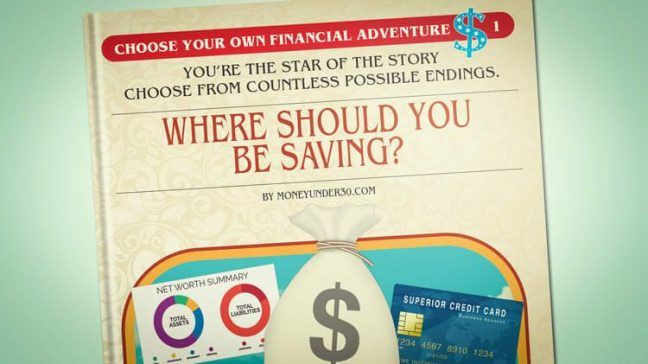Managing your money can be stressful. You’ve got to make so many decisions, and the effort can be so overwhelming that you just give up. Where should you put your money? In a 401(k), an IRA, or an emergency fund? How much should you save? Where should you save?
Don’t fret!
If you really never want to think about your financial future again (or at least not for a long while), take a deep breath, walk through this guide, and check your account in 30 years. You should be in great shape.
Step 1: Get ready
Gather the following:
- Your checking account number and routing number (both are printed on every check in your checkbook)
- A recent pay stub (or access to your checking account history)
- Your employee benefits handbook or website, or your HR’s contact email (if you’re not lucky enough to get employee benefits, you can skip this step)
Step 2: Enter your numbers
To help know exactly how much you need to save, fill out the following form. (Don’t worry, none of your information will be saved when you leave this page).
Now that you’ve filled out all your details, go and read the next steps which are relevant to you. Skip the steps that do not apply to your situation.

